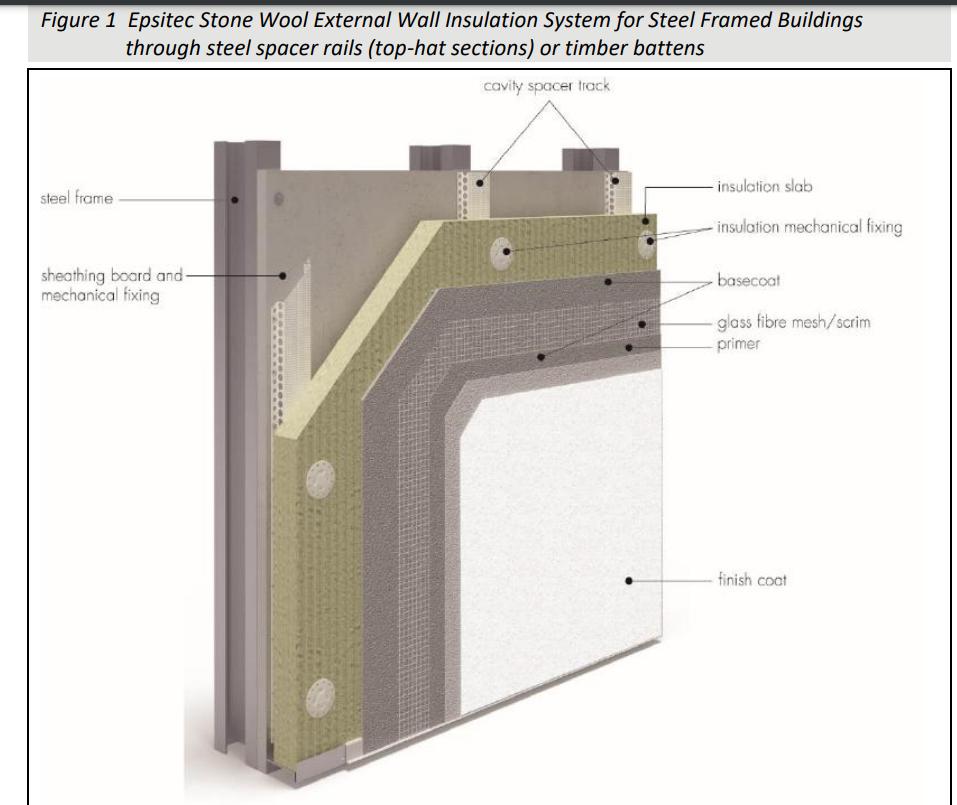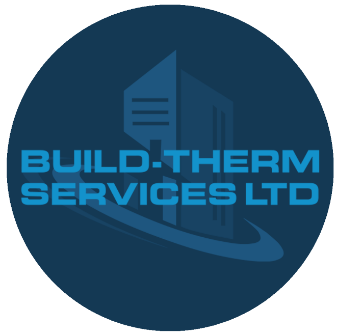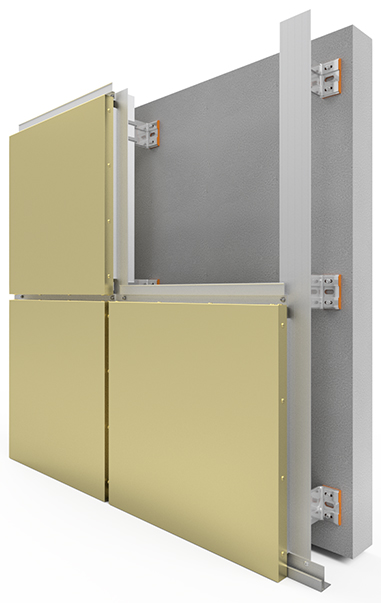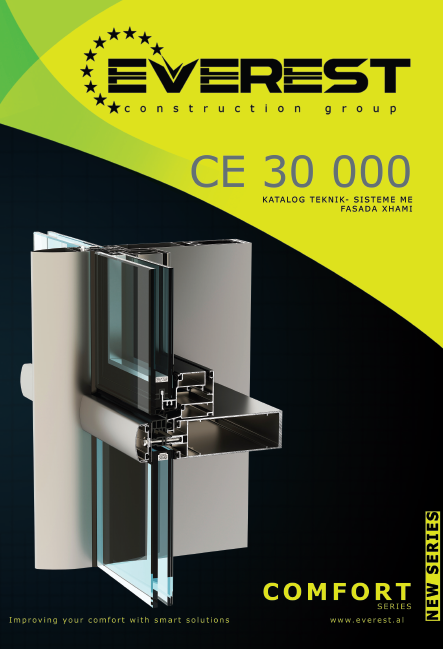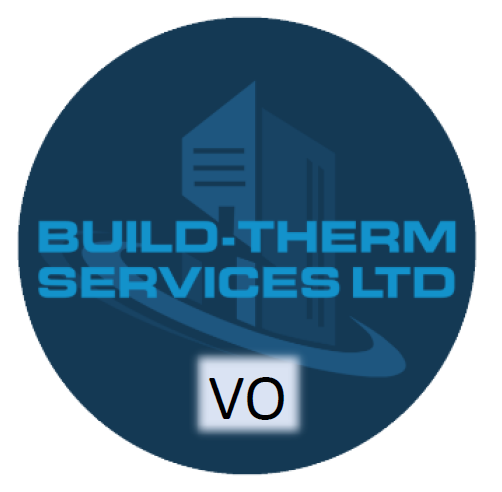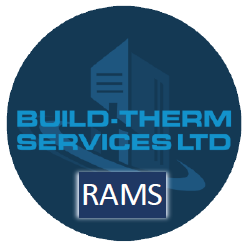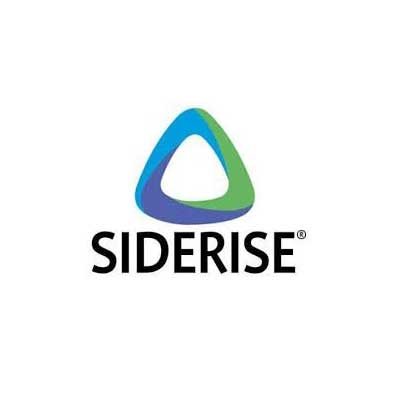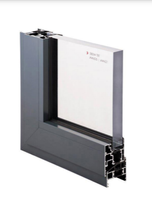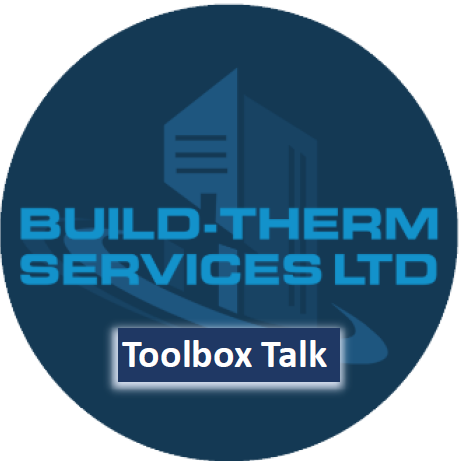Title Page
-
Document nr
-
Description
-
Site conducted
-
Prepared by
-
Date
-
Site Location
-
Client Name
-
Other Comments
A. Client Handover
-
Grid Lines and Datum, Safe area of work, Skip ...
B. Drawings
-
Design, Details Drawings, Data Sheet & installation guide checked
C. Location
-
Block ,Level,Elevation,Grid LIne location on site
D. Other Comments
-
undefined
QAC-Inspection Checklist
- 1. Spacer Rail System and Mineral Wool EWI
-
Breather Membrane to spec seal /tape all joints with Tape. Horizontal laps should be at least 100 mm and vertical laps 150 mm. Vertical laps should be staggered wherever possible. External corner min 300mm
-
WBS RAGRAIL 25 mm CAVITY SPACER FIXED THROUGH SHEATHING BOARD INTO STEEL STUDS CREATING A CAVITY BEHIND THE INSULATION BOARDS<br>
-
16.4 The base rail is mechanically fixed and secured to the sheathing board above the dpc using profile fixings .System Starter Track and Base Rail
-
WBS 914 series system starter track mechanically fixed at 300mm centres, WBS 9124 base profile clip, 8mm holes drilled at 300mm cts through starter track for drainage
-
16.5 Vertical steel spacer rails are mechanically fixed at maximum 600 mm horizontal centres to the sheathing board and at a maximum of 300 mm centres either side of the rail. Rails may need packing to ensure they are true to line and level. Drainage-deflection channels are mechanically fixed over all window and door openings, and horizontal and vertical intumescent strips are installed following the designer’s instructions.
-
WALL BUILD UP 1b<br>NOTE (1):Cavity Spacer Rail Fixing:<br>-WBS LS 5.5 x 38mm rail fixing to be installed down one side of rail (300mm cts) and through the center of rail 300mm cts) hitting the stud in all scenarios. -Cavity Spacer Rail Layout: Max. 600mm centers.<br>
-
16.6 100mm and 80 mm WBS STONE WOOL INSULATION BOARD .The first insulation slab is positioned on the starter track and secured into the cavity spacer tracks using a selfdrilling, self-tapping fastening. Subsequent slabs are positioned so that the joints are staggered and overlapped at the building corners . Care must be taken to ensure the fixings are not overdriven.
-
100mm WBS STONE WOOL INSULATION BOARD fixed with adhesive layer to rear of board. Basecoat Adhesive render to rear of boards.For the rear of the insulation boards, the adhesive basecoat should be applied using a 10mm serrated edge trowel to follow the shortest direction.<br>
-
50mm and 100 mm WBS STONE WOOL INSULATION BOARD
-
Insulation, fix with Textured outer face of the slab, close edges of the slabs at all vertical and horizontal joints, Stagger the horizontal joints min 100mm, Fixings min 1 no metal and 2 no polypropylene per board, @ max 500 cents, minimum head diameter of 70mm. check project spec
-
Insulation at Windows and Doors: Cuts to openings to be formed with a L shape cut. Min cuts 200mm.
-
16.7 Ensure that all insulation slab edges are butted tightly together, and alignment must be checked as work proceeds. The surface of the boards should be smooth without high spots or irregularities.
-
Boards to corners.Lapped toothed detail for all boards to corners. When installing the insulation boards to corners ensure that boards are staggered and lapping to form a toothed detail, as above. No cuts less than 200mm thick. Allow fixings to corners at 300mm centres and no less than 200mm from the edges. Ensure L shape cuts to corners of openings as detail provided
-
High Density moisture resistant insulation for use below ground with basecoat and bituminous paint finish
-
16.8 Deflection Channel Details .To fit around details such as doors and windows, insulation slabs may be cut with a sharp knife or a fine-tooth saw. Purpose-made window-sills, seals and deflection channels are fitted , which are designed to prevent or manage water ingress and allow water to be shed clear of items bridging the cavity.
-
WBS drainage deflector bedded on silicone sealant and mechanically fixed at 300mm centres to sheathing board.<br>Bead to be fitted above window and door openings fixed at min 10 degree slope<br>
Pictures and Other Comments
-
undefined
2. Cavity Fire Barrier -
Horizontal and vertical intumescent strips are installed following the designer’s instructions.
-
NON-VENTILATED FIRE BARRIER INSTALLED IN CAVITY UNDER COMPRESSION FROM MAIN INSULAN<br>
-
VENTILATED FIRE BARRIER INSTALLED Intumescent Strip
-
Tenmat VFB plus FF102/50 Stainless Steel Screw Spit Hit M A2 6x65/40 P (060106) maximum 125mm from the end & at maximum 250mm crs.
-
Cavity Barriers: As per the Architect's/ Fire<br>Engineer Fire strategy layout drawings.<br>-Vertical NVFB Fixing: JT3-FR3 x 50mm<br>Stainless Steel Screw maximum 250mm from<br>the end & at maximum 500crs.<br>-Horizontal Intumescent Strip: 50mm TKE<br>Stainless Steel Screw maximum 125mm from<br>the end & at maximum 250mm crs.<br>NOTE (2):<br>U value: 0.18 W/m2K<br>
-
Where slab edge intrudes, galvanized steel packers to be provided to the cavity rails and Tenmat FF102/50 to be used for horizontal cavity barrier .Tenmat FF102/50 “Open State” Cavity Fire Barrier. Stainless Steel Screw Spit Hit M A2 6x65/40 P (060106) maximum 125mm from the end & at maximum 250mm crs<br>
Pictures and Other Comments
-
undefined
3. Basecoat
-
16.14 The mixed basecoat render is trowel-applied to the surface of dry insulation slabs to a thickness of 4 to 6 mm. The reinforcing scrim mesh is bedded into the basecoat with 100 mm laps at joints, ensuring all PVC wings of beading are overlapped with reinforcing scrim mesh. Additional reinforcement should be applied at the corners of windows and doors or similar openings,
-
16.15 The PVC meshed corner beads are bedded into the basecoat at external corners and around openings as required. 16.16 The drying period of the basecoat will depend on weather conditions; however, once applied, it must be left to harden for at least one day before application of a further layer. 16.17 The second coat is applied to a thickness of between 2 and 3 mm, and finished smooth. 16.18 Continuous surfaces should be completed without a break. 16.19 In multi-storey buildings, holes are drilled at 1 m centres for additional fixings before the basecoat hardens, and stainless steel fixings are inserted through the reinforcing scrim mesh, insulation and into the substrate wall. Scrim mesh patches, 100 by 100 mm, are required over each stainless steel fixing head. 16.20 When the basecoat render is dry, the primer coat is applied. 16.21 The topcoat is supplied ready-mixed in a tub and is lightly mixed and then trowel-applied in a continuous motion to a wet edge, to produce an even thickness appropriate to the grain size. 16.22 Prior to setting, the render is polished with a plastic float to give an even texture and to remove all trowel lines. Elevations should be completed in one application and finished to natural breaks in the render, ie beads or building corners. The texture should be checked to ensure the same batches are applied to each elevation; where necessary drums can be batch-mixed to ensure colour consistency. 16.23 Relevant seals are positioned and installed at all openings (for example, windows and doors), overhanging eaves, gas and electric meter boxes, and wall vents or where the render abuts any other building material or surface. 16.24 Care should be taken in the detailing of the system around such features as openings, projections and at eaves (see Figures 10 and 11), to ensure adequate protection against water ingress and to limit the risk of water penetrating the system
-
16.2 Application of renders must not be carried out at temperatures below 5°C or above 30°C, or if exposure to frost is likely, and the coating must be protected from rapid drying. Weather conditions, therefore, should be monitored to ensure correct curing conditions. 16.3 All rendering should be in accordance with the relevant recommendations of BS EN 13914-1 : 2005.
-
16.13 Reinforcing, rendering and finishing The Heck K+A Basecoat render is prepared by mixing the contents of each 25 kg bag with approximately 5 to 6 litres of cold, clean water, using a paddle mixer. Mixing time should be at least five minutes after the addition of the last bag of render, to allow an even dispersion of resins.
-
WBS HECK K+A SCRIM ADHESIVE COAT, REINFORCED WITH WBS ALKALI RESISTANT GLASS FIBRE REINFORCING MESH (MESH MUST RUN INTO MJ FLANGES),FINISHED SMOOTH
-
16.25 On completion of the installation, external fittings, eg rainwater goods, are securely fixed to support frame or extended fixings that have been built in to the system during installation
-
Fixings Stainless Steel fire pin through mesh coat
Pictures and Other Comments
-
undefined
4. Windows and Doors Reveal & Head Details
-
WBS 925 SERIES SYSTEM FULL DEPTH STOP BEAD MECHANICALLY FIXED AT 300mm CENTERS & BEDDEDON SEALING TAPE RAL330-1 AS PER BTS211510_2025 WBS DETAIL
-
External grade mastic
-
APU Frameseal bead fixed to window frame with mesh wing over lapping corner bead mesh
-
Corner Interface Details Allow for stress patches of 250x250mm cuts of mesh
Pictures and Other Comments
-
undefined
Hold Point 1
-
Hold Point Inspection putting a hold on construction activities until the inspection above is passed. Is a mandatory verification point beyond which a work process cannot proceed without authorisation by the contract administrator. Hold points are usually assigned to those critical aspects of the work that cannot be inspected or corrected at a later stage because they will no longer be accessible.
5. Render Topcoat
-
WBS HECK SILICONE PRIMER
-
WBS HECK SILICONE FINISH COAT (GRAIN SIZE AND COLOR TBC) ,
Pictures and Other Comments
-
undefined
6. Movement Joint
-
Horizontal Movement Joint as per location/datum/details. Fire Pin. Back to back stop beads (R6).Compressible insulation backing rod and external mastic.
-
Vertical Movement Joints as per location/datum/details
-
16.11 Expansion beads are fixed horizontally and vertically in predetermined positions, according to the installation specification and the individual requirements of each project.
-
16.12 Surface-mounted PVC render beads are fixed with firtree fixings to the insulation slabs where required.
Pictures and Other Comments
-
undefined
7. Penetration Details and TYPICAL EXTERNAL FITINGS FIXING DETAIL THROUGH EWI
-
Penetration Fire Rated (Ventilation)
-
SWIFIX SWI-ST FIXING SLEEVE Fixed with suitable fastener onto 12thck Weahterkem Board/SFS No load is to be transferred to the insulation render system<br><br>
8. Instruction ,Delays ,RFI`s, Comments ,Additional Details....
-
Hold Point 2 Flashings , Copings and Fixings
- 9. Windows Flashings & Cills
-
PART 1 BASE FLASHING 2mm Thick Aluminum fixed SPIT HIT M 6x40 V (050129)<br>Hammer Fixing @300 crs , RAL Color TBC ,K14 RIVET FIXING, PART 2_02 BASE FLASHING 2mm Thick Aluminum, RAL Color TBC, PART 3 BASE FLASHING L Angle (30x180)mm 200mm Long @600 crs 2mm Thick Aluminum, MILL Finish fix with SPIT HIT M2 6x40 P (060106) Hammer Fixing, 2No. fixings per Part 3 Flashing.
-
Flashing min 3° fall, min 30mm Overhang Cill, Flashings ,WBS Sealing Tape
-
A# Cills & Flashings & Aluminium Cleat Support B# Insect mesh @ Bottom & Top of the Cladding - check project spec C# Aluminium PPC: Jamb Closer, PPC Ventilation, Corner, Drip flashing – project spec. Window cill fixed to frame by others to have upturned wings to sides to allow system to be installed over to provide a full seal.
Pictures and Other Comments
-
-
12mm WEATHERKEM CS BOARD, EPDM OVER THE SHEATHING BOARD
-
GALVANIZED L ANGLE 65° (75x75x3)mm LENGTH 120mm @ TOP HAT Location, 2No. FIXINGS, 5.5 Stainless Steel Tek Screw, Fixing Top Hat into L Angle
-
TOP HATS to be positioned:<br>@ max. 700mm cts around perimeter<br>@ max. 500mm cts from corners<br>Aluminium Support BRACKETS Installation ,Line and level the bracket , fixings to spec ,INSTALLATION INSTRUCTIONS
-
TOP HAT fixed to concrete upstand with 4No. FAZ II 8/30 R Stainless Steel fixings (2 per Top Hat flange with 50mm pitch) Min. 50mm concrete edge distance. Min. 35mm embedment / Max. 20mm packing<br>
-
Insect Mesh
-
Mineral Wool Insulation Installation
-
3mm COPING PANEL 1050a ALUMINUM TYPE 2C, RAL Colour TBC .COPING PANEL FIXED TO EVERY TOP HAT with 2No. SSO-D-48100-A4 stainless steel rivets. Min. 12mm spacing and Min. 10mm edge distance
-
Note: Flashing to be installed in line with MCRMA Guidance GD26 Aluminium Fabrications: A guide to good practice using Fixed & Floating points to allow for thermal expansion and contraction of<br>the flashing. Fixed Point Hole Dia Size into Alum Flashing: 5.3mm - 5.5mm Floating Point Hole Dia Size into Alum Flashing: 9.3mm - 10mm 6mm x 20mm EPDM FOAM TAPE<br>
-
min 40 mm at the front and 30mm at the back overhang ,min 2° fall
11. Fixings and Wall Build Up
-
Fixings Specification used
-
WALL BUILD UP 4<br>NOTE (1):<br>-Mechanical Fixing: TFIX-8S x 115mm – 8 fixings<br>per board.<br>-Fixing Retaining Plate: KWL 90PP.<br>-Stainless Steel Secondary Fixing: Required at a<br>rate of 1 per m².<br>-Stainless Steel Fixing Type: TID-MR 8/35 x<br>110mm.<br>-Fixings must achieve a minimum pull out of<br>1.0kN.<br>-Fixings pattern as per BTS211510_2024 WBS<br>Direct Fix RC_Masonry Fixing Arrangement<br>NOTE (2):<br>U value: 0.60 W/m2K<br>
-
WALL BUILD UP 4a &4b<br>NOTE (1):<br>-Mechanical Fixing: TFIX-8S x 155mm – 8 fixings per board.<br>-Fixing Retaining Plate: KWL 90PP.<br>-Stainless Steel Secondary Fixing: Required at a rate of 1 per m².<br>-Stainless Steel Fixing Type: TID-MR 8/35 x 170mm.<br>-Fixings must achieve a minimum pull out of 1.0kN.<br>-Fixings pattern as per BTS211510_2024 WBS Direct Fix RC_Masonry Fixing Arrangement<br>NOTE (2):<br>U Value for Wall Type's 4a & 4b: 0.24 W/m2K<br>
-
WALL BUILD UP 1b<br>NOTE (1):<br>Cavity Spacer Rail Fixing:<br>-WBS LS 5.5 x 38mm<br>rail fixing to be installed down one side of rail<br>(300mm cts) and through the center of rail<br>300mm cts) hitting the stud in all scenarios.<br>-Cavity Spacer Rail Layout: Max. 600mm<br>centers.<br>
-
Insulation Board Fixing:<br>Mechanical into 25mm RagRail Cavity Spacer.<br>-TiT/FiN Washer and 90mm TKR Screw.<br>-8 fixings per board into RagRail.<br>-Fixing Retaining Plate: KWL 90PP.<br>-Stainless Steel Secondary Fixing: Required at a<br>rate of 1 per m².<br>-Stainless Steel Fixing Type: 140mm TKE S/S<br>Screw and MKC-A2 x 60mm S/S Washer.<br>-Fixings must achieve a minimum pull out of<br>1.0kN.<br>-Fixings pattern as per BTS211510_2030 WBS<br>Cavity System Fixing Arrangement.<br>-Fixings shall be installed so that the fixing head<br>embeds 1-2mm in to the face of the insulation<br>board<br>
Pictures and Other Comments
-
-
Hold Point 3: Handover
- 13. Handover Inspection
-
Site Manager Handover Inspection
-
Further to our site inspections and quality control inspections, we can confirm that the installation at the above-noted project is in accordance with the project and the manufacturer's installation guidance. Hand Over -Cladding free from damage-Facades to be viewed as per the BBA, in daylight from a distance of not less than 10m. Some variation in the colour and texture of external walls is inevitable and in certain cases is a feature. A façade for instance should be inspected for scratches or minor imperfections from a distance of min 5m, if a scratch cannot be seen from that distance then it is not a defect except if a scratch has gone through the full depth of the coating exposing the raw metal below. Inspection conditions Guidelines for Glass Quality.1.1 For general applications quality inspection is routinely carried out by the visual observation that is looking through the glass in normal incidence (i.e. at 90 degrees to the glass surface). In line with the Glass and Glazing Federation (GGF) and CWCT Guidelines, the glass shall be viewed from a distance of not less than 3 metres away. The use of strong lamps and/or magnifying devices is not allowed. It is not permissible to find defects at close range and then mark them so as to be visible from the given viewing distance.
